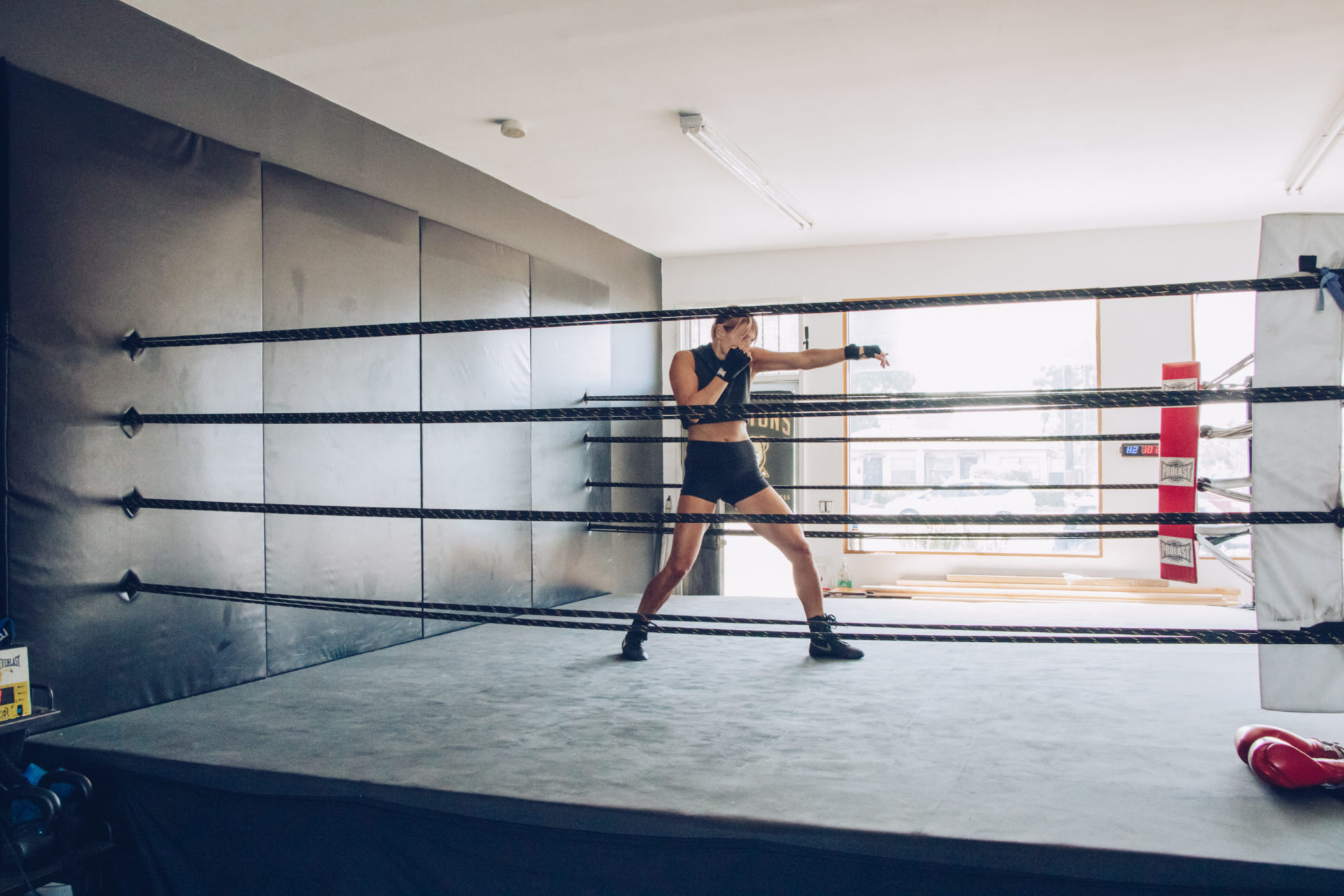I started boxing four years ago. Growing up with teenage angst and emotions that controlled me rather than the other way around, I punched walls (and sometimes people) whenever I could. But I didn’t formally give boxing a try until 2017. By then, I had years of calisthenics and HIIT workouts behind me. I was already strong and in excellent conditioning shape. I stepped into my first formal boxing class full of confidence, sure that I would quickly surpass all the other beginners and be on my way to mastery-level before too long.
This unwillingness to start where I was — a true beginner with no previous boxing experience — rather than where I thought I should be for my age and athletic skill level kept me from progressing as fast as I probably could have. If I’d gone into training with a completely open mind and willingness to learn, I likely would have progressed faster and understood the new skills more deeply. Wanting to skip basic steps and speed up the process not only held me back, it meant that I ended up having to relearn many of those basics later on.
Refusing to start where I was, rather than where I should have been, slowed down my learning process.
Start Where You Are
Looking back at my life, I realize I’ve spent a lot of time trying to get where I want to go faster than my skill and experience level allows. It’s only when I surrender to the process that I end up making any real progress.
Of course, it’s easier to recognize this pattern in others than in yourself. For instance, I often see this when I’m training clients, especially those already fairly strong and athletic. They’ll come to me wanting to learn a new skill, and, despite having no experience in that particular skill, never want to start at the beginner level.
Learning to do a freestanding handstand, for example, requires first spending endless hours at the wall. You need the wall in order to develop the endurance and proper technique to be able to hold yourself up in a freestanding handstand. Many of the best hand balancers in the world continue to use the wall to further develop their skills. But so many beginners want to skip this crucial step.
And I get it: training handstands at the wall isn’t cool or sexy. An Instagram shot of you holding a handstand against a wall won’t impress anyone these days. But without that foundational wall training, you won’t build the technique or endurance you need to hold more advanced freestanding handstands down the line. Skipping this step will greatly slow down your progress. Worse, it will likely lead to you quitting altogether because, at a certain point, your efforts will seem futile.
Many of us want to be at a certain level, so we try and force our way there. Yet the harsh reality is that it’s only when we let go of our ego and start where we are – not where we want to be or think we should be – that we can finally start making any real progress.
Don’t Rush the Process
When you start something new, it can be tempting to rush through the beginning or intermediate steps and get right to the cool and sexy stuff.
I did this when I first started boxing. I barely knew how to throw a basic jab — let alone defend one — when I convinced my coach to let me start sparring. As a result, I spent a long time in frustrating plateaus, wondering why I couldn’t get any better (now I know it’s because I skipped crucial foundational steps). Even now, I still catch myself thinking I should be as good as those who are much more experienced than me. Of course, admitting that reminds me of just how ridiculous it is. How could I possibly be as good as someone who has been training hard for years or decades more than I have?
Whether you’re trying to improve at something fitness-related, working hard to get better at a creative pursuit, or learning the nuts and bolts of business, trying to rush the process won’t make it go any faster. In fact, most of the time, it will actually slow down your progress.
In terms of learning a new sport or athletic skill, rushing most often leads to injuries, overtraining, and long agonizing periods where you’re not making much — or any — progress. In other areas of life, it will likely lead to burnout or forced plateaus, because you haven’t learned foundational steps deeply enough. No matter the pursuit, rushing through also makes it that much more likely you’ll end up quitting.
Accept Where You Are
It’s only by accepting and confronting reality that you can begin to address any weaknesses you might have. By making a plan to address those weaknesses, you can eventually get past them and move forward.
Of course, this process of acceptance isn’t always easy. It requires big doses of humility and often means you have to go backward for a while before you can make any forward progress. I learned this the hard way in my boxing journey, having to relearn much of what I thought I already knew years after starting.
All change and progress first requires acceptance of where we’re at, not where we think we should be. The earlier in the process you learn to do this, the less heartache and frustration you’ll have later on.
“We cannot change anything until we accept it.” — Carl Jung



